As fuel and electricity prices continue to rise, the interest in solar hot water (SHW) systems is also continuing to increase,
Solar thermal monitoring that is 50% cheaper, and 1/3 less time to install compared with traditional BTU meter-based systems.
Then, how to design a solar water heater heating system for my home?
As below are 4(four) basic steps in designing a pressurized, anti-freeze based solar hot water system.
1.SIZE YOUR ROOF
Make sure the roof has solar access and enough room for collectors. Solar access is simply exposure to the sun from 9 am to 3 pm all year round and within 25 degrees, east or west, of true south. It’s best not to have any shading at all, but solar thermal collectors are much less susceptible to shading than photovoltaic systems. If you do have some shading, you can often compensate by installing larger collectors.
2.SIZE YOUR HOT WAER CONSUMPTION PER DAY
Next, you need to measure hot water usage. Typically, one person uses 20 gallons of hot water per day. This is a good rule of thumb. This number could be less — if there are five people living in a home, they will probably only use 80 to 90 gallons instead of the expected 100. However, some people could use far more water daily, and some could use far less. It is key to collect this information during the site visit.
3.SIZE YOUR HOT WATER TANK
Then, measure the size of the solar storage tank. Sizing solar storage tanks is very simple–count one gallon of storage per gallon of usage. This makes sense, right? Every day the goal will be to heat up the water that the household will use, and then use that water. The tricky part is this: since tanks only come in standard sizes, it is recommend that you round up. If you use 50 gallons of hot water and can’t get a 50 gallon tank, purchase a sixty gallon tank.
3.SIZE THE RIGHT SIZE SOLAR COLLECTORS
Finally, you must size the collectors. In order to size collectors, assess how many square feet of collector is needed per gallon of storage. This ratio will change based on your climate. In the northeastern quadrant of the U.S., the ratio is 1.5 to 2 square feet of collector per gallon of storage. This metric internalizes climate data. Thus, in southern climates (with more sun and heat) you need less square feet of collector per gallon of storage. To use the previous example, if you have a 60 gallon storage tank, you need between 90 (60*1.5) and 120 (60*2) square feet of collector. There are two more things to remember, though. First, this ratio only works with flat plate collectors. Second, collectors only come in standard sizes. A common size is four feet by eight feet–equally 32 square feet. In that case, you would use three collectors, or 96 square feet of collector in total, which is between your range of 90 and 120. If you had 4 by 10 foot collectors (40 square feet), you could use 3 collectors as well to get 120 square feet — still within the range.
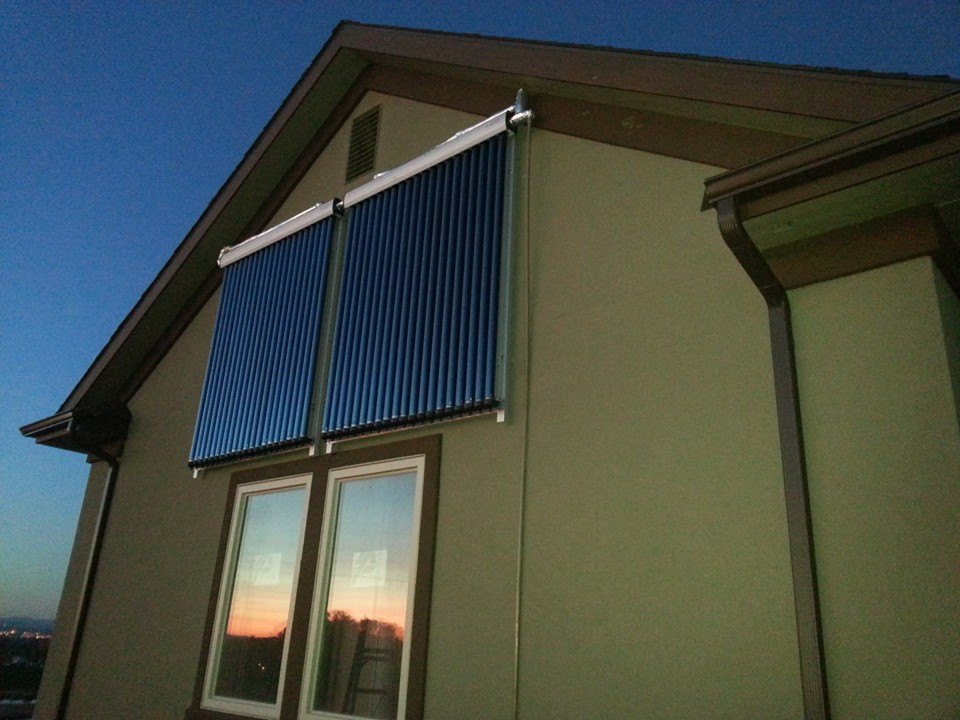
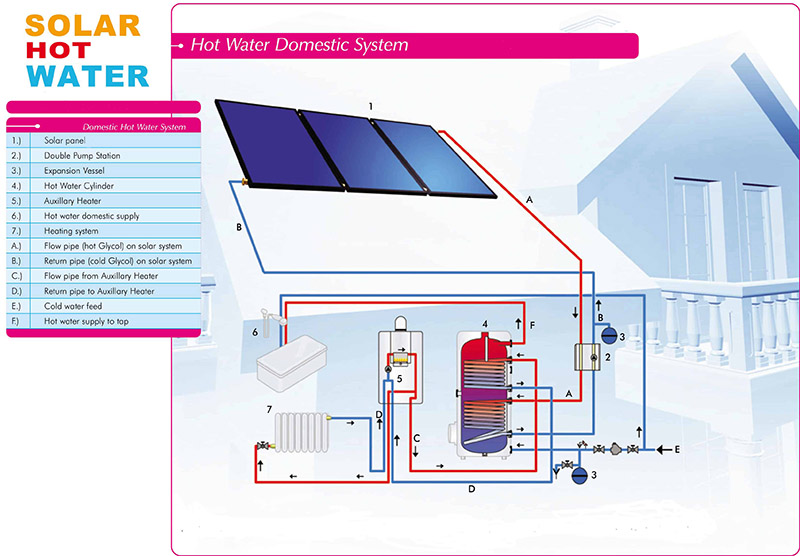
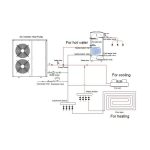
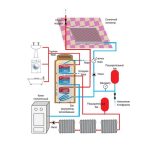
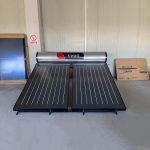
Leave A Comment
Your email address will not be published.